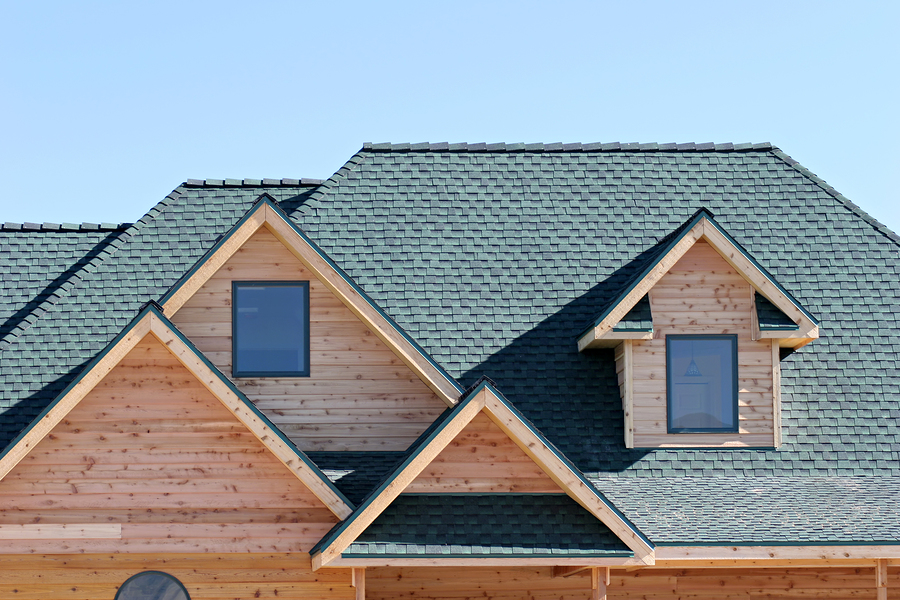Your Roof Inspection Checklist: How To Address Problems Before They Happen

The roof is the last thing you’ll want to leave in disrepair if there’s anything wrong with it. Even the smallest leak can cause major water damage if you leave it be for too long. Because of this, it’s important that you assess the condition of your roof on a regular basis. Fortunately, there are plenty of ways that you can check your roof to identify whether you have any problems.
Roof Inspection Checklist
When it comes to inspecting your roof, you should do so semi-regularly. The best time to check the condition of your roof is following particularly bad storms to determine if any damage was done that needs to be addressed. The following are a few things that you should look for when checking for potential roof damage:
- Check your ceilings – Look for water stains on your ceilings. Water stains are often the result of leaks coming from your roof and should be inspected right away.
- Check for attic leaks – There are a couple of easy ways to check for roof leaks by going up to the attic. Wait until it’s pouring rain outside or until right after it’s stopped raining. Then go up to your attic and look for any visible leaks in the roof or water that’s collected on the attic floor. You can also wait until it’s particularly sunny outside and then look for any areas in the attic where sunlight is coming through the roof.
- Look for shingle damage – Shingles that exhibit physical damage, such as shingles that are broken, buckling, curling, or blistering, need to be replaced. This is because they leave the roof below vulnerable to leaks and water damage and make the surrounding shingles more prone to being blown off. Shingles that are missing need to be replaced right away as well.
- Look for moss or lichen – If you spot moss or lichen growing on your roof, it means that your roof may be decaying underneath. However, if you spot black algae stains, don’t worry – they’re just cosmetic.
- Look for gutter problems – Your gutters are an important part of your roof system. Make sure they aren’t leaking and that they don’t pull away from your roof. If you spot either of these issues, your roof, exterior walls, windows, and foundation may be more vulnerable to water damage.
Annual Roof Inspection
Although you can certainly evaluate the condition of your roof on your own, there are issues that you may not be able to spot visually unless you get up on the roof and do a thorough inspection. Getting up on your roof is dangerous without proper training, which is why you should let a professional do this. Not only do you risk falling and seriously injuring yourself, walking across your roof can cause damage to your shingles or worsen already serious problems.
When it comes to getting a roof inspection, you should do so at least once a year. During a routine roof inspection, a roofer will do a thorough inspection of every facet of your roof to determine if there are any problems that require repair or if there are any potential issues that can be addressed before a serious repair is needed. As a result, getting an annual roof inspection can help to save you a significant amount of money in potential repairs as well as help save you a major headache.
Make sure to check your roof for potential problems using this roof inspection checklist. If you notice any issues at all, no matter how minor they appear to be, make sure that you schedule a professional roof inspection.

